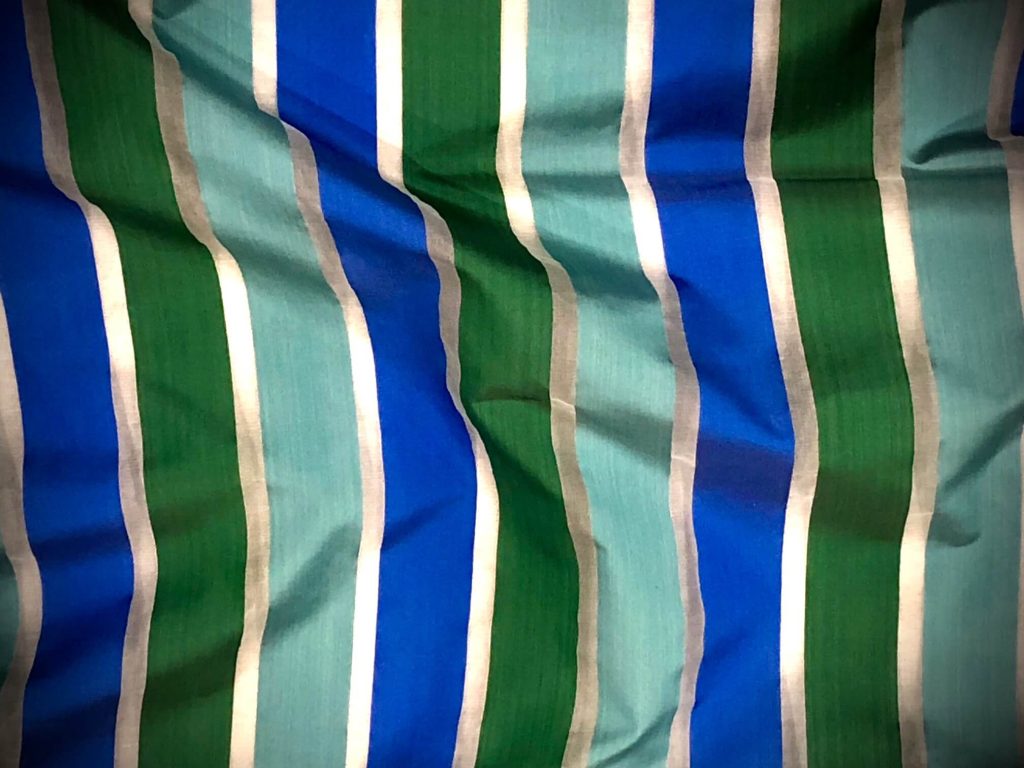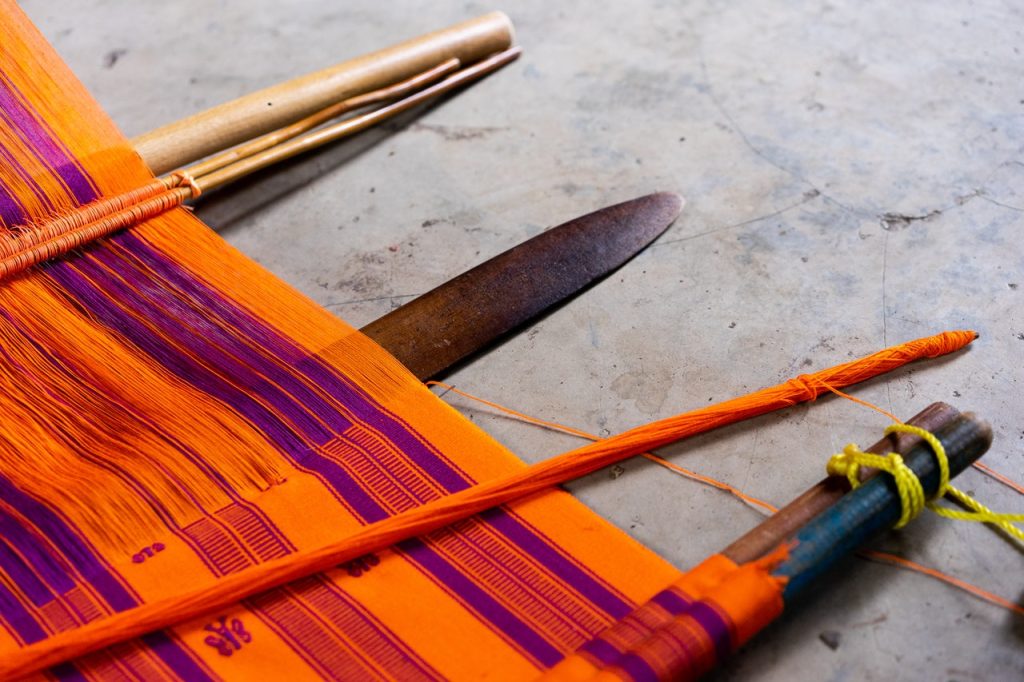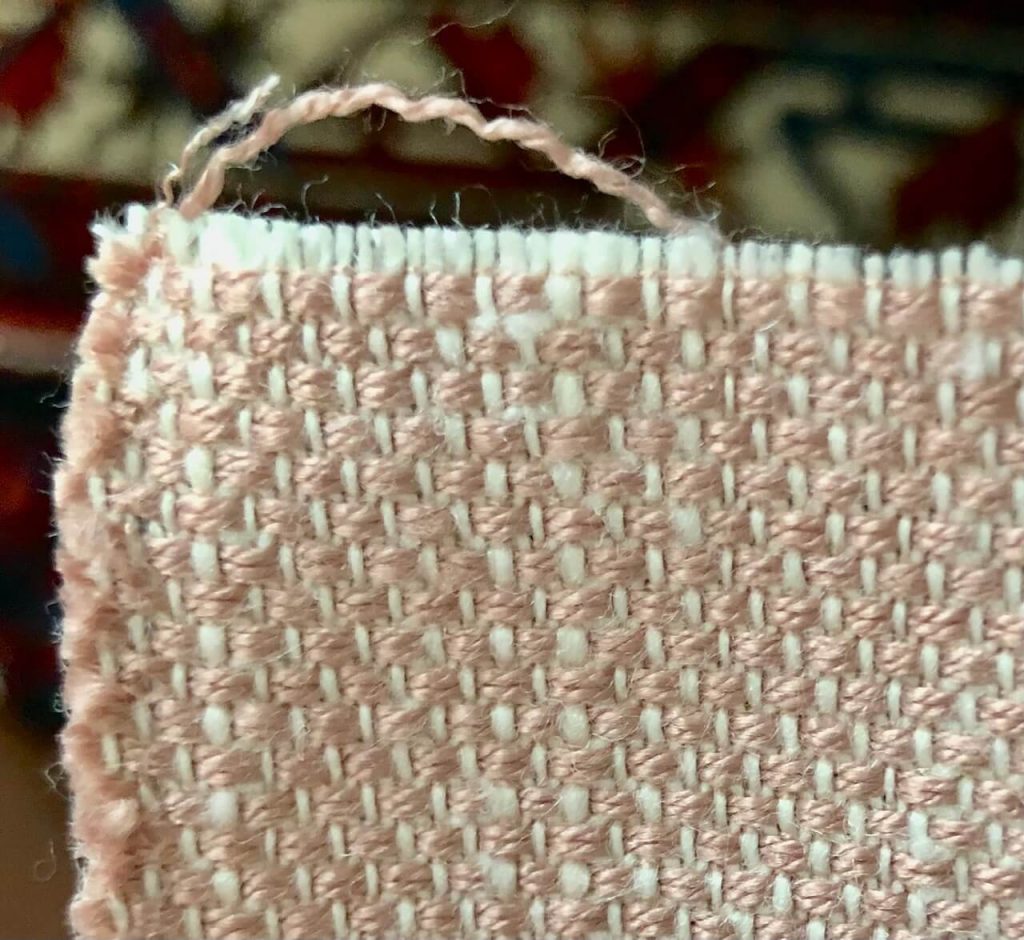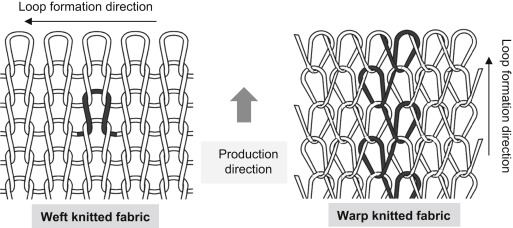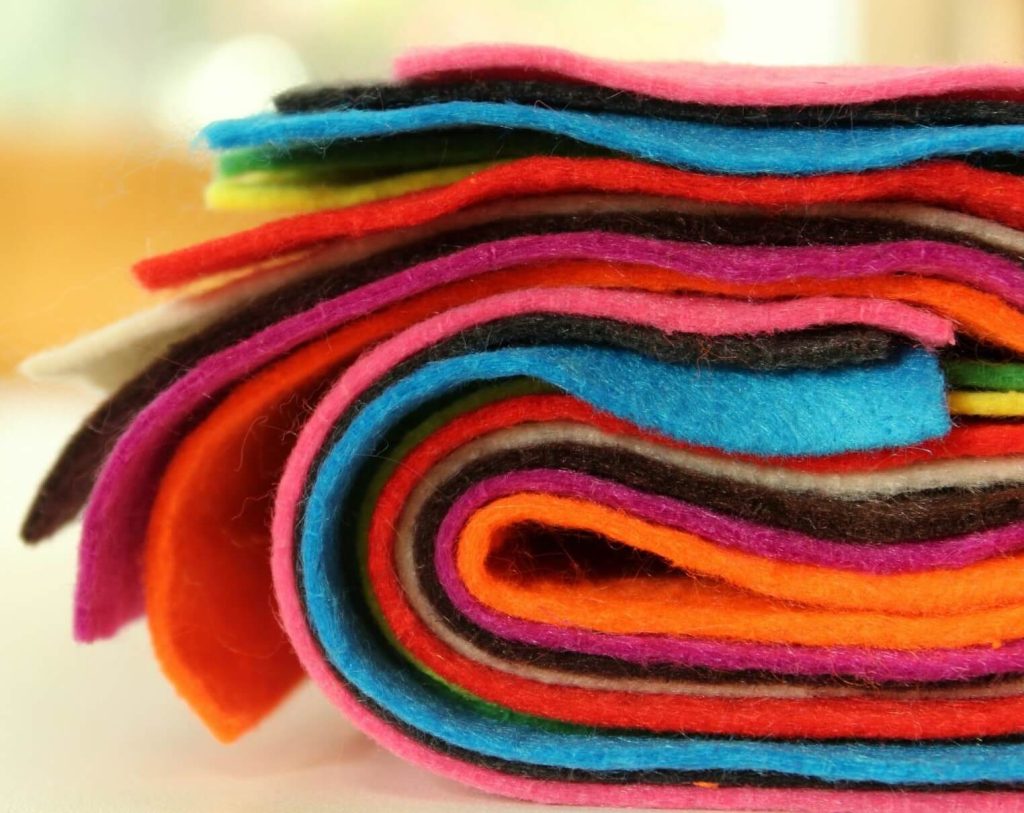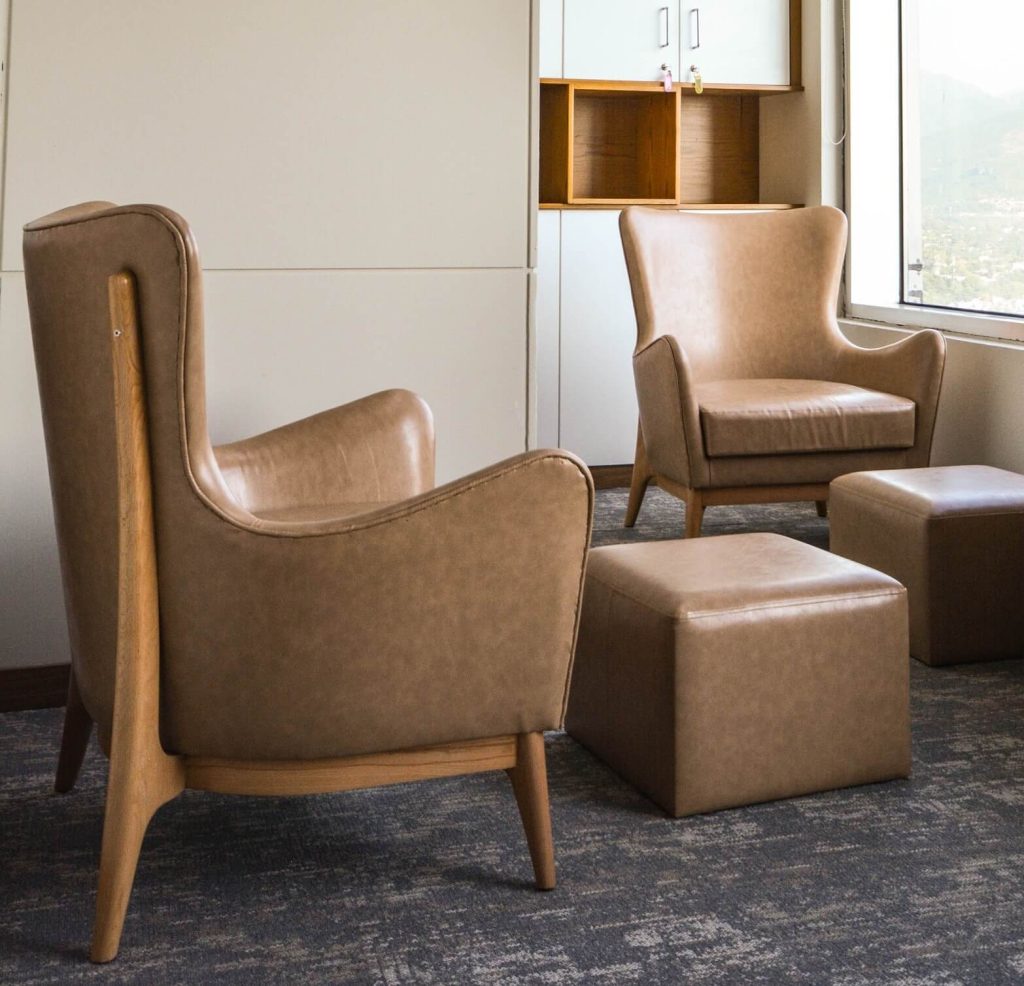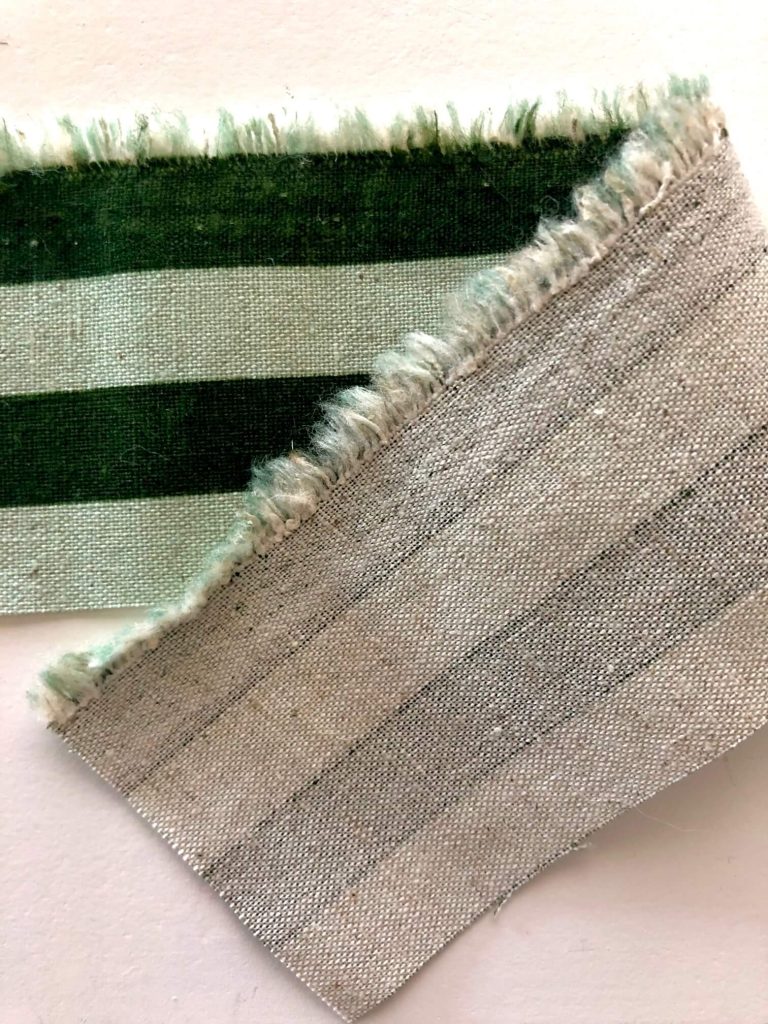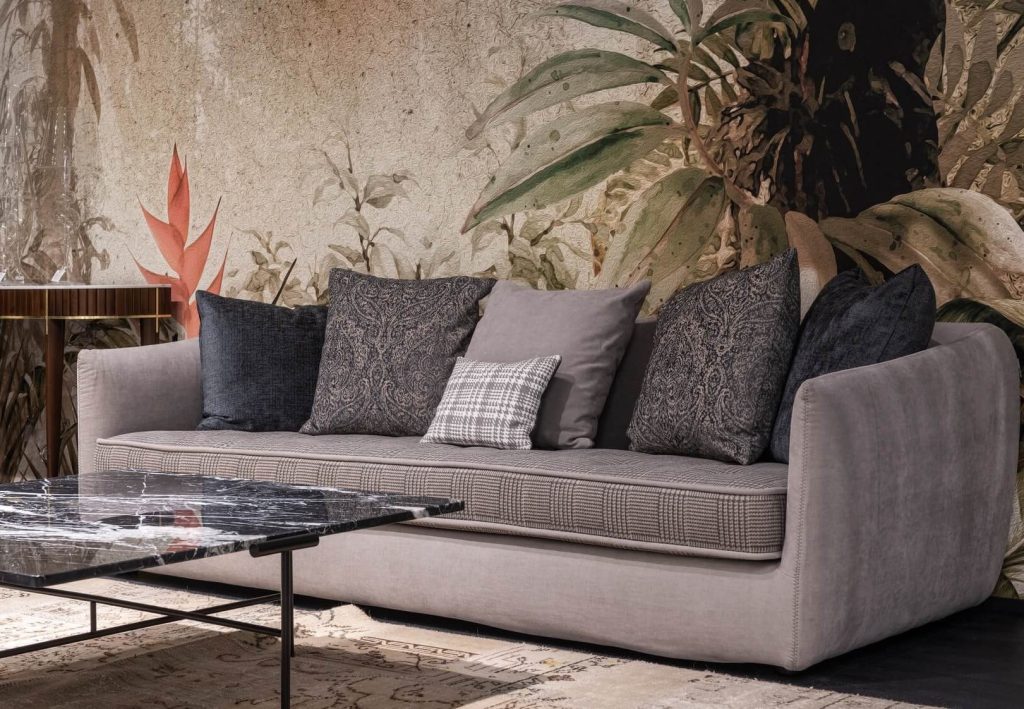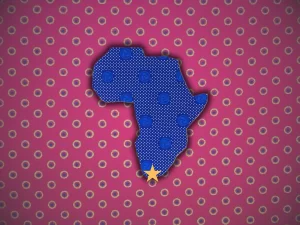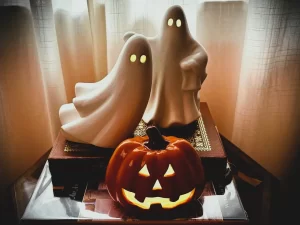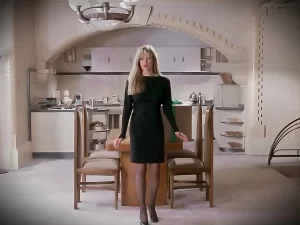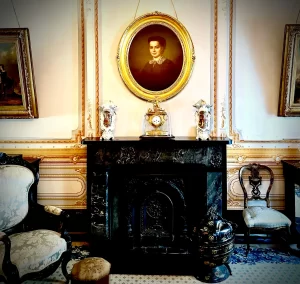In my previous Home Textiles 101 post I introduced the idea of textiles as used for interior design. In that post, you learned about fibers and their different types. Today, let’s explore further by learning about fabrics.
What is Fabric?
Fabric is a material that is defined by its fiber content and its construction. The fiber content is characterized as natural or synthetic, as discussed in the last post. Fibers are spun and twisted into yarns, and these yarns are then used to construct the fabric. The construction is divided into four types, as discussed below.
Types of Fabric Construction
- Wovens– Woven fabrics are the most commonly used for interior design. They work well for draperies, upholstery, floor and wall coverings, etcetera. They are typically created on a loom using yarns woven at 90-degree angles. If you think of axes on a graph, then the warp yarns run vertically along the y-axis, whereas the weft yarns run horizontally along the x-axis. The warp of a fabric tends to be longer than the weft, and so bolted fabrics are rolled along the warp. Woven fabrics are usually more robust and have more stability than, say, knit fabrics–this is why they are the preferred fabrics for interiors, as they can handle more wear and tear. There are a number of weaving techniques which can be used to provide more texture and stability to a woven fabric.
- Knits – You are more likely to encounter knit fabrics for clothing than you are for home design. Think sweaters or the jersey material used to make tee shirts. Knit fabrics are constructed using a series of looped yarns, and this gives them a springy, stretchy quality. They also don’t typically fray as badly as woven fabrics. However, due to the looped construction, knit fabrics can be overstretched and lose some of their elasticity over time, resulting in sagging fabric. This is why knits are rarely used in interiors, since they are less stable than wovens.
- Nonwovens – Nonwoven fabrics are usually constructed using some kind of bonding technique. Felt or interfacing are examples of non-woven fabrics. Due to their construction, nonwovens don’t typically fray. For interior applications, nonwovens are used mostly as support. For instance, the interlinings of window draperies, the stuffing in cushions, or the felt pads used under rugs.
- Hides – These are fabrics of natural, animal origins. Basically leather, suede, nubuck, shearling, and the like.
Fabric Properties
Fabrics have a number of general and specific properties based on their fiber content and construction. I will explore the properties of individual fiber fabrics in later posts, however. For now, let’s stick to general properties.
Fabrics will exhibit different properties based on their construction. I already mentioned how knit fabrics tend to have a significant amount of elasticity, for example. The amount of stretch in a given fabric will be different between woven and knit fabrics, and also depend on the grain of a fabric.
Grain
Grain is a dimensional property based on the warp and weft of woven fabrics. A straight grain runs down the length of the fabric in the warp direction. The cross grain runs horizontally on a fabric, corresponding with the weft yarns. Finally, a bias grain runs at a 45-degree angle from straight or cross grains. Generally, woven fabrics will have less give when cut along a straight or cross grain. This is why sometimes fabrics are cut on the bias to provide more stretch and better draping.
Sides
Fabrics also have a front side, called the face, and a back side. The distinction between the face and back is often more noticeable on printed fabrics and certain types of weaves. Knit fabrics also tend to have identifiable faces and backs. In interior design, using a fabric back-side-out can give a different effect. For example, on a printed fabric, the print may have a more faded appearance on the back side, which produces a more lived-in effect on a chair when upholstered this way.
Weights
Further, fabric have weights. These can be measured as grams per square meter (GSM), or ounces per square yard (Oz/Yard). The weigth of a fabric will determine its appropriateness for a specific application. For upholstery, which experiences greater wear and tear, thicker and heavier fabrics with higher GSM or Oz/Yard values will work better. Lighter and more breathable/translucent fabrics work better for bed sheets or soft curtains.
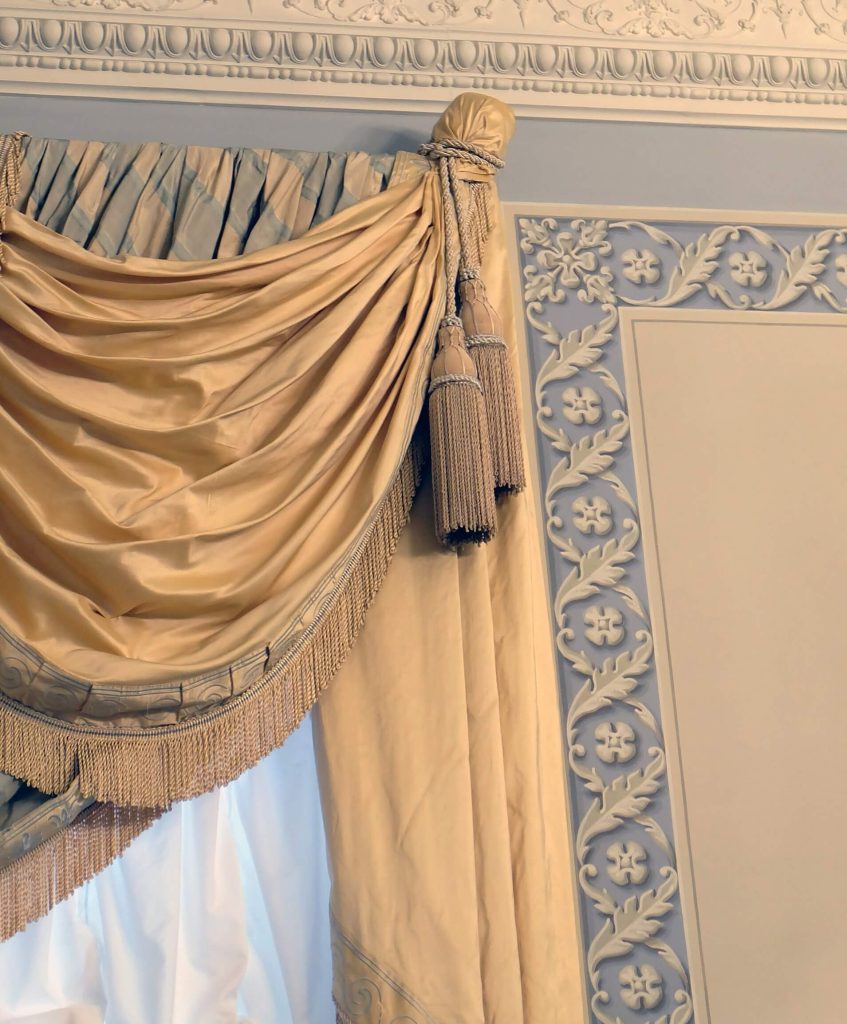
Durability
The weight of a fabric might also correlate (though not always) to its durability. Durability refers a fabric’s ability to withstand wear and tear. For home fabrics, two measures of durability are the Wyzenbeek and Martindale ratings. These ratings measure a fabric’s ability to withstand abrasion in a specific type of test under a laboratory setting. A piece of fabric is stretched flat and then mechanically abraded in either a back-and-forth rubbing motion along the warp and weft direction (Wyzenbeek test), or a figure-eight motion (Martindale test).
Fabric Suitability
Fabrics are widely used in interior design, and their suitability for a particular project or purpose depends on their specific properties. Choosing the appropriate fabric will ensure longer enjoyment of a textile piece in your home, as well as maximize comfort.
As mentioned, some fabrics like knits are not often used in interiors due to their tendency to be less stable and more prone to wear and tear than woven fabrics. But even woven fabrics must be carefully considered based on qualities like weight and durability. The fabric used on a sofa will require different characteristics than the seat cover of a dining chair. Likewise, fabrics used for curtains or as wallcoverings will not need to be nearly as durable as those used on upholstery, since the former applications experience less contact and friction.
This post is only an elementary look at fabric construction and properties, but I hope it gives a good introduction to fabrics as used in interior applications. In future posts in this series, I plan to have a closer look at fabrics by their fiber content, such as cotton, linen, polyester, and so on.
In the meantime, if you have a specific question about a fabric for use in your home, drop me a line!

